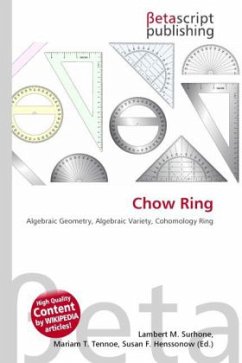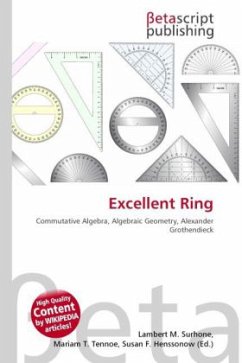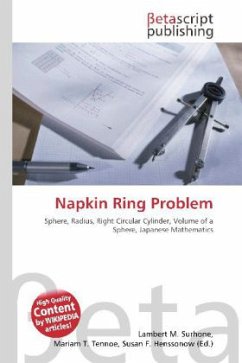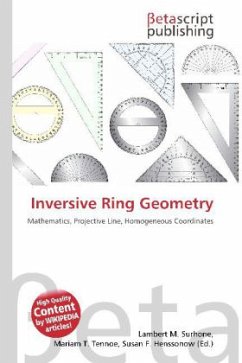
Nagata Ring
Versandkostenfrei!
Versandfertig in 6-10 Tagen
19,99 €
inkl. MwSt.

PAYBACK Punkte
10 °P sammeln!
High Quality Content by WIKIPEDIA articles! In commutative algebra, an integral domain A is called an N-1 ring if its integral closure in its quotient field is a finite A module. It is called a Japanese ring (or an N-2 ring) if for every finite extension L of its quotient field K, the integral closure of A in L is a finite A module. A ring is called universally Japanese if every finitely generated integral domain over it is Japanese, and is called a Nagata ring, named for Masayoshi Nagata, (or a pseudo-geometric ring) if it is Noetherian and universally Japanese. (A ring is called geometric if...
High Quality Content by WIKIPEDIA articles! In commutative algebra, an integral domain A is called an N-1 ring if its integral closure in its quotient field is a finite A module. It is called a Japanese ring (or an N-2 ring) if for every finite extension L of its quotient field K, the integral closure of A in L is a finite A module. A ring is called universally Japanese if every finitely generated integral domain over it is Japanese, and is called a Nagata ring, named for Masayoshi Nagata, (or a pseudo-geometric ring) if it is Noetherian and universally Japanese. (A ring is called geometric if it is the local ring of an algebraic variety or a completion of such a local ring, but this concept is not used much.)












